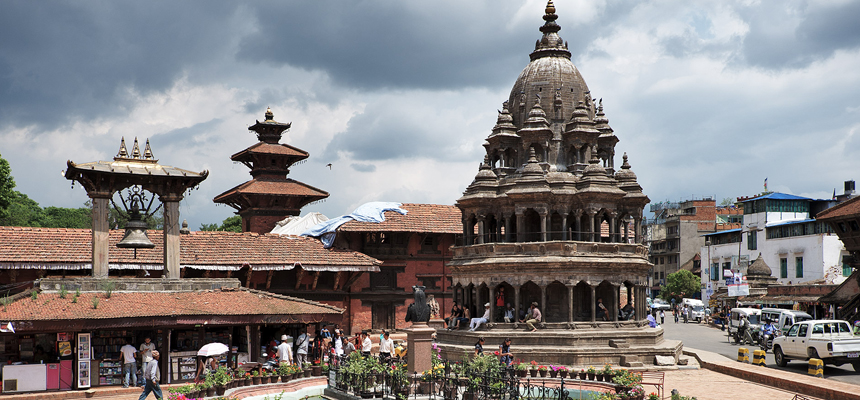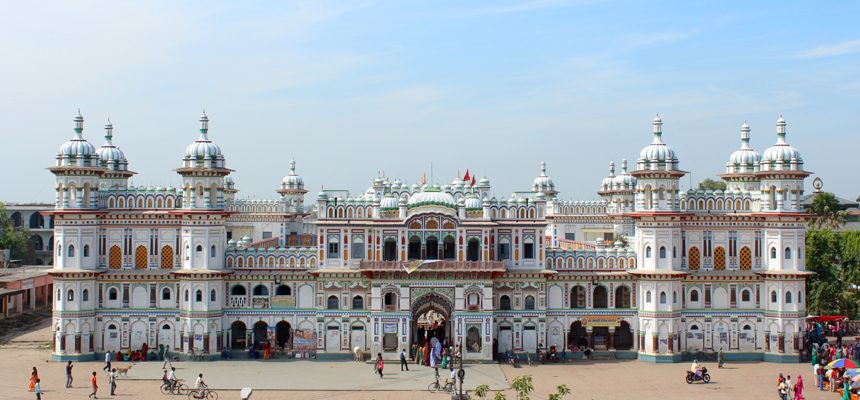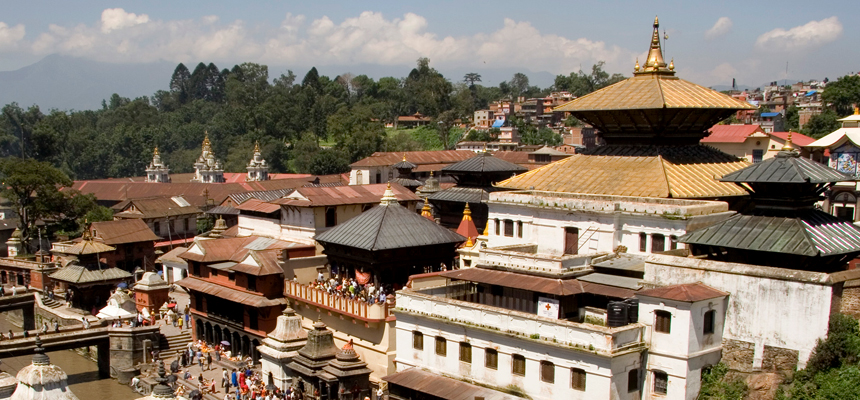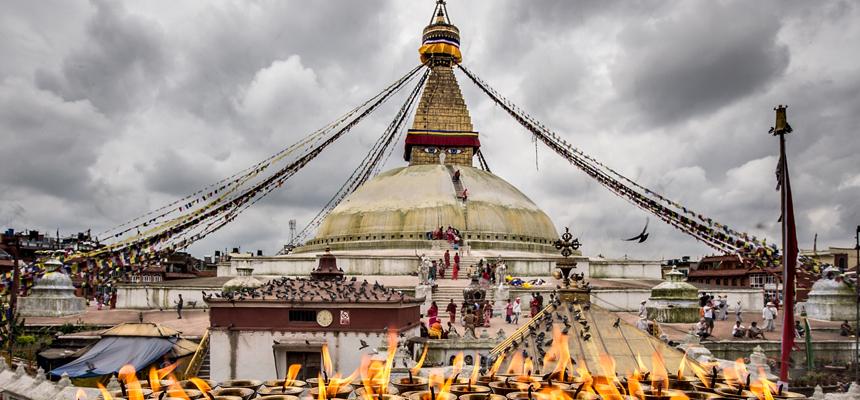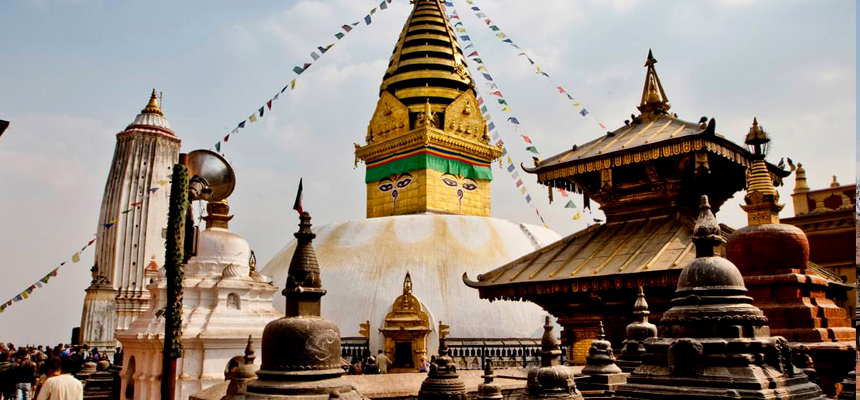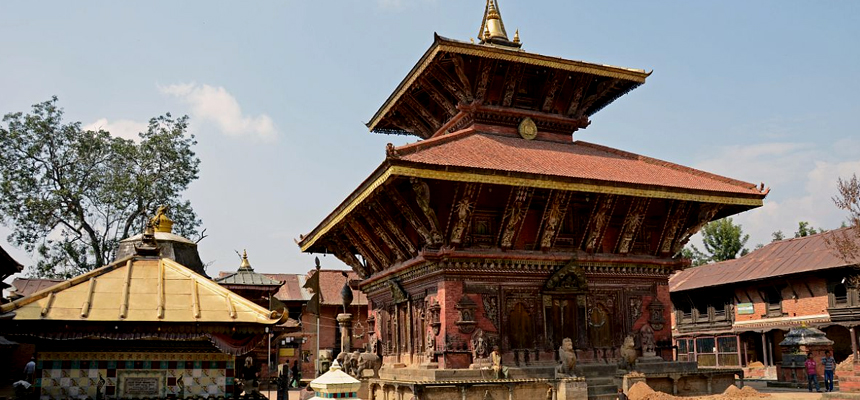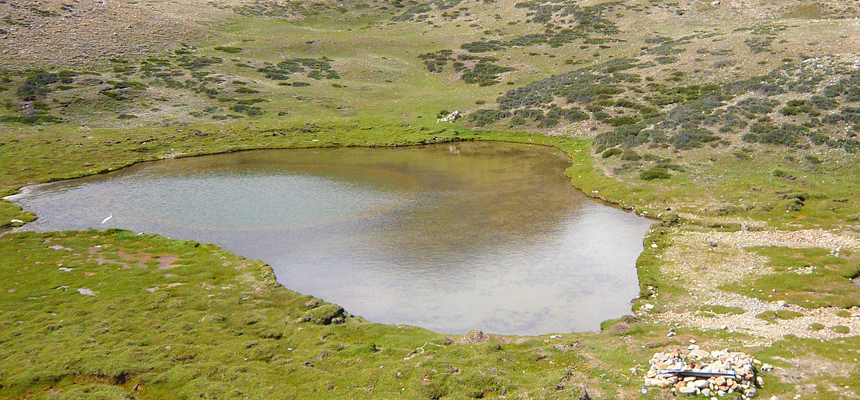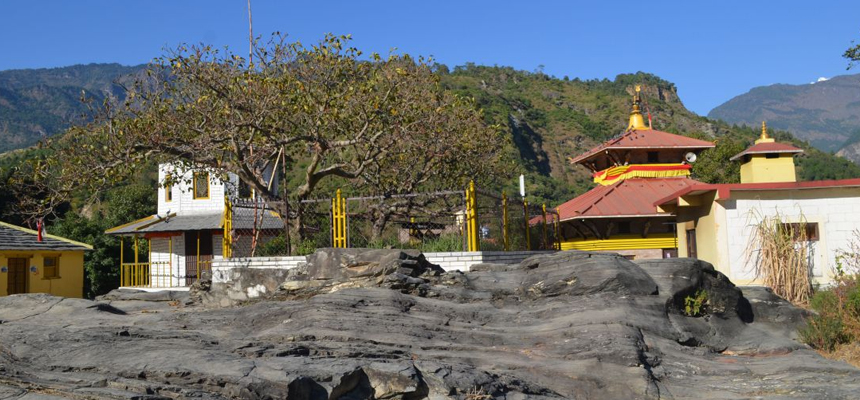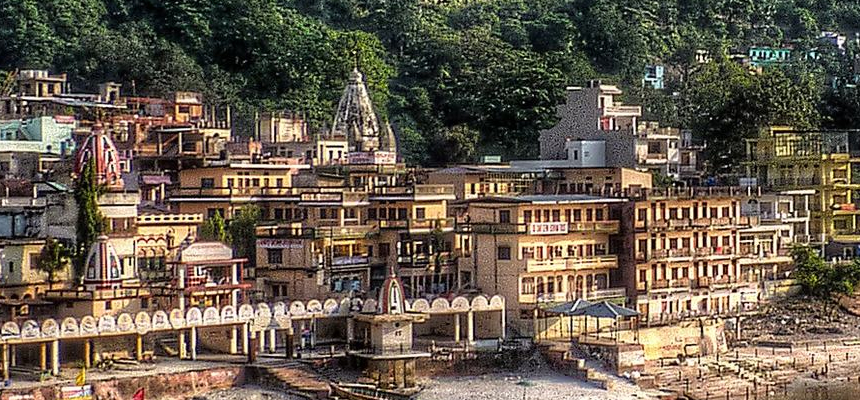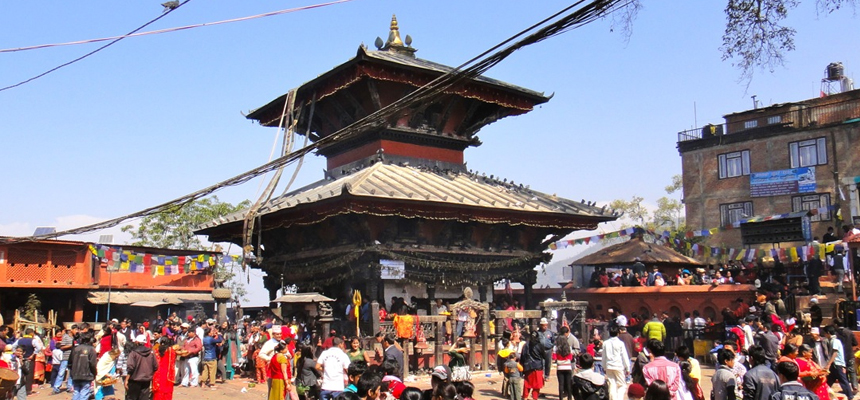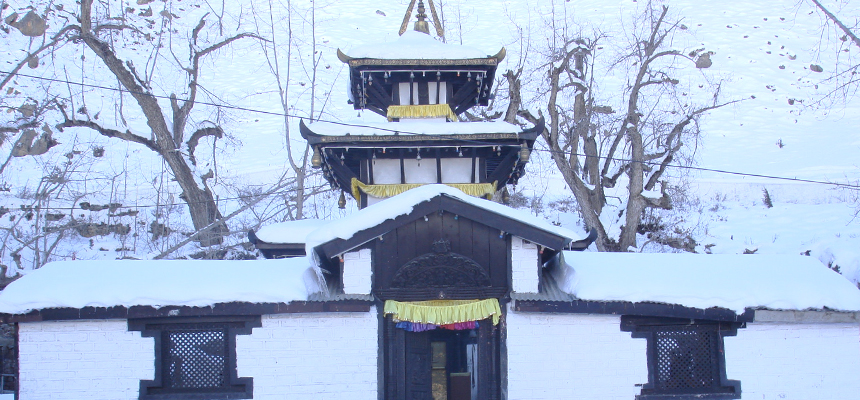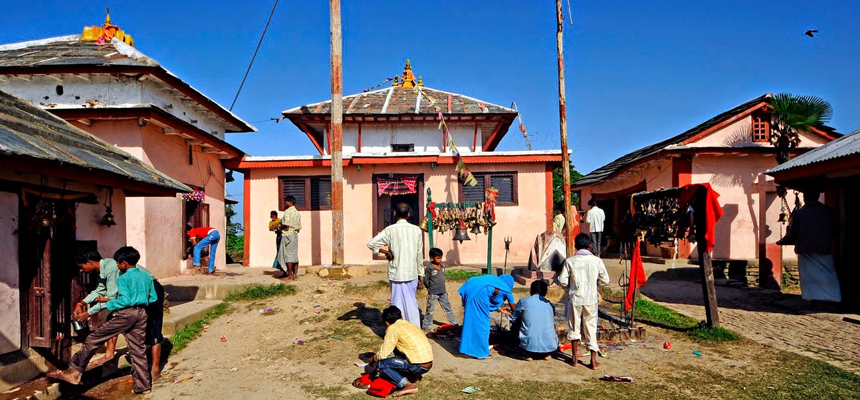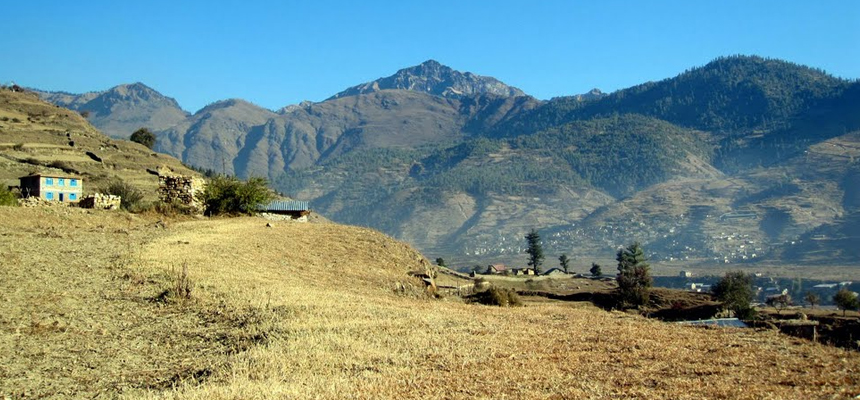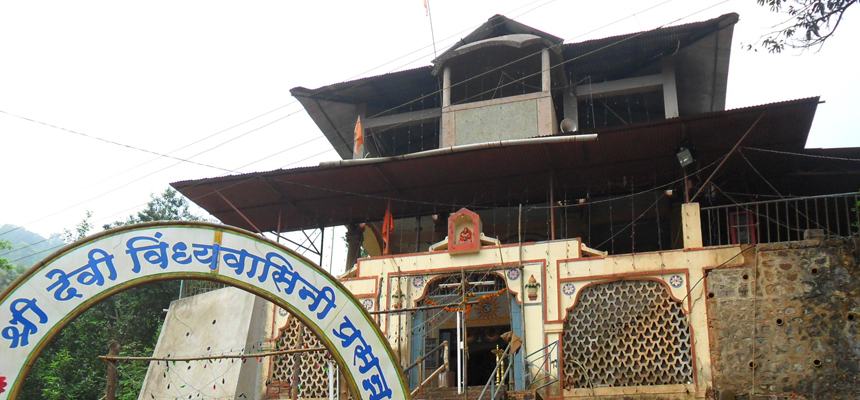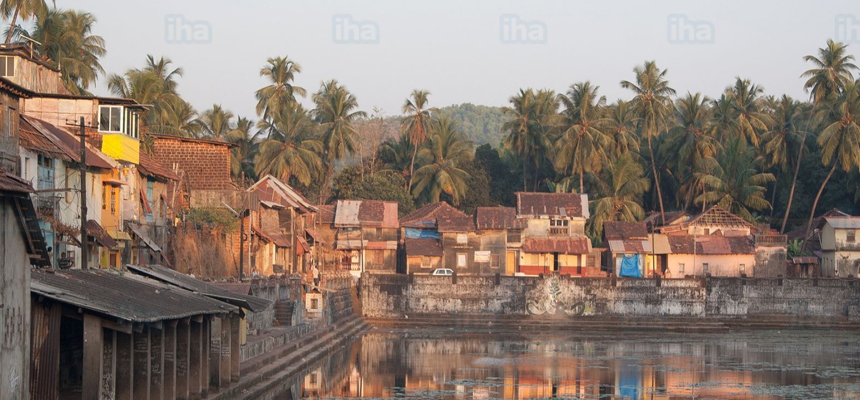Situated in the lap of Himalayas, Nepal has been renowned for centuries as a pristine place for religion, peace and salvation. Nepal has been enjoying the honor of being the place of penance and spiritual gratification for sages, saints and rishis for the time immemorial. It is the place where centuries old temples of several Hindu gods and goddesses, sitting on the banks of holy rivers: Bagmati, Koshi and Gandaki, continue to attract devotees from far and wide; where many tributaries of holy Ganga originate from snow-capped Himalayas flowing down to Indian plains; where bountiful Nature shelters sages meditating at the foot hills of Luminous mountains or by side of tranquil holy waters; where the apostle of peace Lord Buddha, was born 2,500 years ago; where puranas (Hindu Holy Scriptures) praise each of the hundreds of temples and monasteries spread across the country; and where diversity thrives in harmony. As religion is a source of civilization and culture in every society and country, its importance is always on the rise. It is well known that Nepal harbors four major Hindu religious sites: Mukti Kshetra, Pashupat Kshetra, Barah Kshetra and Baidyanath Kshetra and the holiest Buddhist site: Lumbini. In addition to that, Nepal is a place where various ethnic groups with different religious practices live in perfect harmony. The aura and glory of Nepal have been enhanced especially because of the temple of Lord Pashupatinath and the birthplace of the Lord Buddha (“The Light of Asia”), Lumbini. A large number of tourists from different parts of the world especially South Asia and South East Asia visit Nepal every year as pilgrims .Thus, pilgrimage tourism has been growing as a prominent tourism sector in recent times. Religion and Nature are complementary entities and Nepal offers uniquely varied experiences to the tourists with
Situated in the lap of Himalayas, Nepal has been renowned for centuries as a pristine place for religion, peace and salvation. Nepal has

